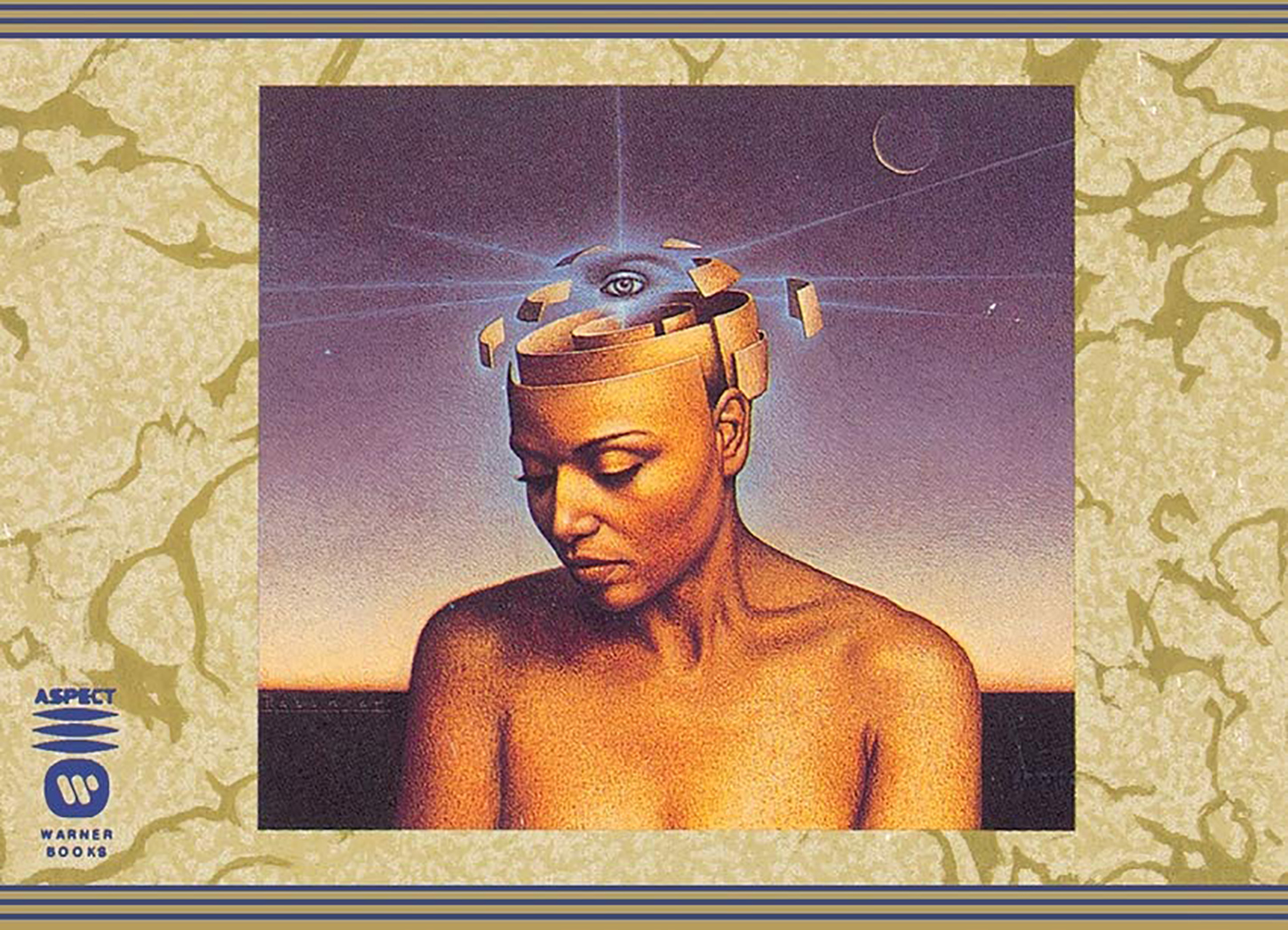“Science Fiction Capital,” or “SF Capital,” is a concept coined by Mark Fisher. See his article “SF Capital,” 2001 →.
Wendy Brown, “Wounded Attachments,” Political Theory 21, no. 3 (August 1993).
Denise Ferreira da Silva, “1 (life) ÷ 0 (blackness) = ∞ − ∞ or ∞ / ∞: On Matter Beyond the Equation of Value,” e-flux journal, no. 79 (February 2017) →.
Da Silva, “1 (life) ÷ 0 (blackness).” Emphasis in original.
Neda Atanasoski and Kalindi Vora, Surrogate Humanity: Race, Robots, and the Politics of Technological Futures (Duke University Press, 2019), 10.
See →.
Wilfrid Sellars, Science and Metaphysics: Variations on Kantian Themes (Routledge, 1968), 5.
Sellars, Science and Metaphysics, 4.
The use of instance capsule networks and dynamic routing amongst algorithmic patterns called “convoluted neural networks” is an attempt to automate predictive vectors that start from the material receptivity of randomness across variations in order to expand predictive learning beyond set parameters. These variations are not simply read according to a given rule. Instead, the randomness around the patterns is enfolded in the interaction between algorithmic agents whose learning process leads to the composition and decomposition of concepts and objects that do not exist—a sort of productive imagination bringing together the supplemental information from noise within the information pattern.
Denise Ferreira da Silva, “Blacklight,” in Otobong Nkanga: Luster and Lucre, ed. Clare Molloy, Philippe Pirotte, and Fabian Schöneich (Sternberg Press, 2017), 248.
Da Silva, “Blacklight,” 251.
As Alexander Galloway reminds us, this is “not simply a world gone dark, such blackness is a world without us. Not simply a question of dying or growing old, such blackness means the leaving of being.” Laruelle: Against the Digital (University of Minnesota Press, 2014), 187. Emphasis in original.
See Steve Goodman, “Exploring AI, Sound and the Golem in ‘It,’’ interview with Suzanne Livingston, in More than Human (Barbican, 2019).
See Steve Goodman, “IT,” in Spectres 3, ed. François Bonnet (Shelter Press, 2021 ). See also Amir Vudka, “The Golem in the Age of Artificial Intelligence,” NECSUS, Spring 2020 →.
Along with Mark Fisher’s “SF Capital,” see Kodwo Eshun’s “Further Considerations on Afrofuturism,” CR: The New Centennial Review 3, No. 2 (Summer 2003).
Stanisław Lem, “Golem XIV,” in Imaginary Magnitude (Mariner Books, 1985), 104.
Lem, “Golem XIV,” 104–5.
Lem, “Golem XIV,” 109.
Lem, “Golem XIV,” 110.
Lem, “Golem XIV,” 113.
Prager Tagblatt, September 23, 1935.
Kodwo Eshun, More Brilliant than the Sun (Quartet, 1998), 00(-001).
Kodwo Eshun, “The Kinematic Pneumacosm of Hype Williams: The Rhythm of Vision is a Dancer,” in Cinesonic: Cinema and the Sound of Music, ed. Philip Brophy (Australian Film Television and Radio School, 2001), 53.
Kodwo Eshun, “Abducted by Audio,” Abstract Culture, no. 12, (1997): 11.
Kodwo Eshun, “Visions of Rhythm in the Kinematic Pneumacosm of Hype Williams,” in Machine Times, ed. Arjen Mulder and Joke Brouwer (V2_, 2000), 53.
Eshun, “Abducted by Audio,” 11.
Benjamin H. Bratton, “The Black Stack,” e-flux journal, no. 53 (March 2014) →.
Quoted in Trey Alston and Matthew Strauss, “Holly Herndon and Jlin Share New AI-Generated Song: Listen,” Pitchfork, December 4, 2018 →.
